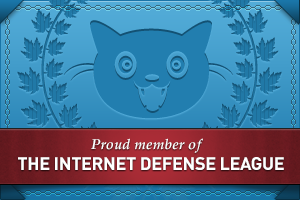Do you know why you belief in some superstitions and not others? Do you even know where some of these superstitions came from? A lot, of course, are due to old religions.
We’ve got four-leaf clovers, Friday the 3th (fear of Friday the 13th is called Friggatriskaidekaphobia), lucky 7, 666 the number of the beast, throwing salt over your left shoulder, walking under a ladder and a host more.
In Pure Spirit
Are you superstitious? Which superstitions do you pay the most attention to?







